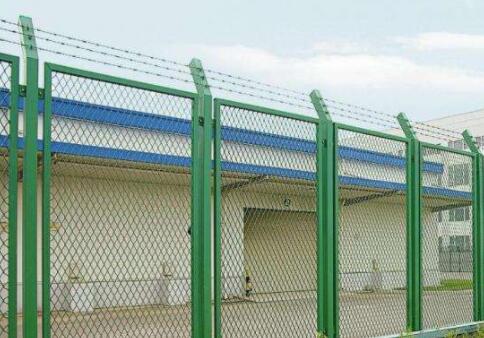Understanding Drywall Screws for Exterior Use
When it comes to construction and home improvement projects that involve drywall, selecting the right fasteners is crucial. While drywall screws are typically designed for interior applications, their use in exterior situations can be a bit more complex. This article explores the key considerations and characteristics of drywall screws for exterior use, as well as best practices for ensuring long-lasting and reliable installations.
What are Drywall Screws?
Drywall screws are specialized screws designed for attaching drywall sheets to wood or metal studs. They feature a sharp point for easy penetration and a bugle head that helps sink the screw into the drywall without tearing the paper. While these screws are notably effective for indoor construction, using them outdoors requires careful consideration.
Why Not Regular Drywall Screws Outdoors?
Regular drywall screws are not recommended for exterior use primarily due to their susceptibility to rust and corrosion. Most drywall screws are made from low-carbon steel, which lacks the protective coatings necessary to withstand moisture, humidity, and varying weather conditions. Over time, exposure to the elements can lead to deterioration, compromising the integrity of the installation.
Choosing the Right Exterior Screws
For exterior applications, it is advisable to opt for corrosion-resistant screws. Here are several alternatives that provide durability and reliability
1. Galvanized Screws These screws are coated with zinc, offering a degree of protection against rust. They are suitable for moderate exposure to moisture, making them a popular choice for exterior projects.
2. Stainless Steel Screws For areas with high humidity or exposure to saltwater (such as coastal regions), stainless steel screws are the best option. They are highly resistant to corrosion and rust, ensuring a long-lasting hold.
drywall screws exterior use

3. Coated Screws Some screws come with polymer coatings that protect against corrosion. These are often less expensive than stainless steel while still providing a relatively good level of protection.
Application Tips
When using screws for outdoor drywall installations, consider the following tips to ensure a successful project
- Select the Right Length Choose screws that are long enough to penetrate through the drywall and into the studs securely. Generally, 1 1/4 to 1 5/8 screws are suitable for attaching drywall to wood or metal framing.
- Pre-drill Holes In overly dense materials, or when working in colder weather where wood may be more prone to splitting, pre-drilling can prevent damage to both the drywall and framing.
- Use Adequate Spacing Follow standard spacing recommendations to prevent sagging or bowing of the drywall. Typically, screws should be spaced no more than 16 inches apart along the edges and 12 inches apart in the field.
- Follow Local Building Codes Always ensure your choice of materials and methods adhere to local building codes and regulations, particularly when working on exterior projects.
Conclusion
While drywall screws are predominantly designed for indoor use, understanding the right materials and practices can make them suitable for some exterior applications. By opting for corrosion-resistant alternatives and following best practices, you can ensure that your drywall installations withstand the test of time and the elements. Whether you are undertaking a new construction project or a home renovation, paying attention to the details of your fasteners can make all the difference in the longevity and durability of your work.

















